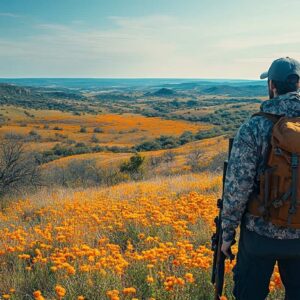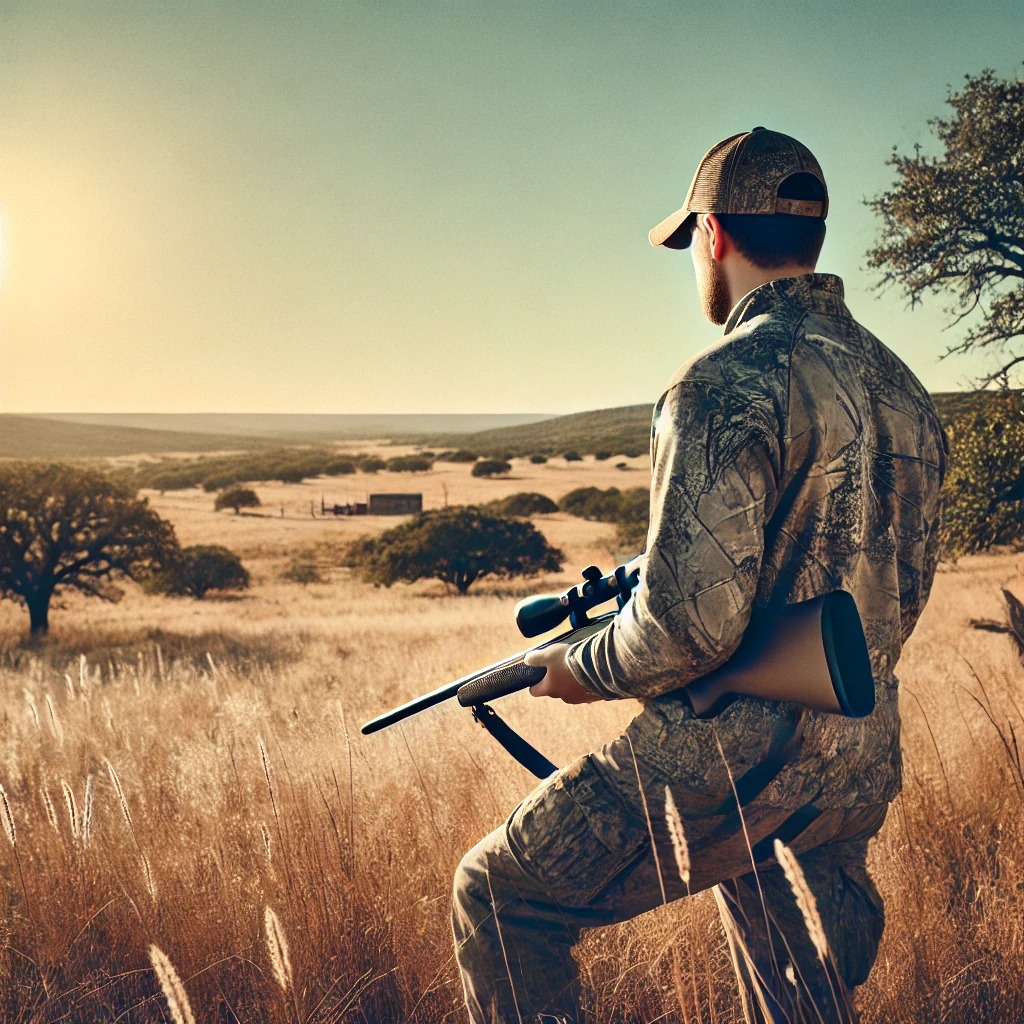Introduction to Predator Control Setting the Stage
Texas is famous for its vast landscapes and diverse wildlife. For hunters and wildlife enthusiasts alike, understanding the delicate balance of nature is crucial. At the heart of this balance is predator control—a practice that has spurred debates, research, and regulation. This blog will shine a light on the role of predator control in Texas from a hunter’s perspective. By examining this nuanced subject, we aim to provide insightful perspectives on how hunters contribute to wildlife management while upholding ethical and responsible practices.
Whether you’re an experienced hunter or a passionate wildlife enthusiast, grasping the complexities of predator control is essential. You’ll learn about various techniques, ethical considerations, and the successes of certain initiatives in Texas. By the end, you’ll have a clearer understanding of the ongoing dialogue around predator control and what the future holds.
The Importance of Predator Control in Wildlife Management
Predator control plays a pivotal role in maintaining ecological balance. Predators such as coyotes and bobcats can significantly impact prey populations, affecting the health of entire ecosystems. In Texas, where agriculture and wildlife coexist, managing predator populations is crucial for preventing imbalances that can harm crops and livestock.
The presence of predators is necessary for a healthy ecosystem; they regulate prey populations and contribute to biodiversity. However, in areas where natural controls are absent, human intervention becomes vital to prevent overpopulation of predators, which can lead to resource depletion and threaten other species. Hunters, therefore, play an integral role in this delicate balance, ensuring both wildlife and human activities can thrive.
While predator control is important, it must be approached with care. Ethical considerations and scientific data should guide these practices to avoid unintended consequences that may further disrupt ecosystems. Understanding the principles of wildlife management helps hunters make informed decisions that support conservation efforts.
A Hunter’s Role in Predator Control Ethics and Responsibility
Being a hunter comes with great responsibility. When it comes to predator control, ethical hunting practices are paramount. Hunters must understand the rules and regulations set by wildlife agencies to ensure that their actions contribute positively to the environment. Responsible hunters are stewards of the land, respected for their dedication to sustainable practices.
Ethics in predator control involves more than just following regulations. It includes respecting the natural order, understanding the importance of each species, and making informed choices about which predators to target. Hunters must constantly educate themselves on the latest research and adapt their strategies to align with conservation goals.
Responsible hunting requires a commitment to transparency and community involvement. Hunters should share their experiences and knowledge with others, fostering an environment of learning and respect. By doing so, they help build a community of responsible hunters who collectively work towards sustaining Texas’ wildlife for generations to come.
Predator Control Techniques A Comprehensive Overview
Various predator control techniques are employed in Texas, each with its pros and cons. Knowing which methods are most effective and ethical is crucial for hunters engaged in wildlife management. One of the most common methods is trapping, which requires skill and attention to detail. Traps must be checked regularly to ensure humane treatment of captured animals and adherence to local regulations.
Shooting is another prevalent method, often used when specific predator populations threaten livestock or endangered species. It requires precision and adherence to safety measures to ensure both ethical practice and the safety of other wildlife. Hunters should take the time to perfect their skills and understand the regulations that govern shooting practices.
Non-lethal methods, such as using guard animals and habitat modification, are alternatives that can complement traditional techniques. These methods focus on deterring predators rather than eliminating them, preserving ecological balance while protecting human interests. Hunters should consider integrating these practices into their predator control strategies to achieve long-term success.
Case Studies Successful Predator Control Initiatives in Texas
Texas has been home to several successful predator control initiatives, offering valuable lessons for hunters and wildlife enthusiasts. One notable example is the joint effort by agencies and private landowners to manage coyote populations in West Texas. Through a combination of trapping, shooting, and community education, this initiative has led to healthier wildlife populations and reduced agricultural losses.
Another success story is the recovery of the Attwater’s prairie chicken, a critically endangered species. Predator control efforts, including targeted removal of raccoons and skunks, have helped stabilize its population in certain areas. This case highlights the importance of collaboration between hunters, scientists, and conservationists to achieve conservation goals.
These initiatives underscore the need for adaptive management strategies tailored to specific environments and species. By examining these case studies, hunters and wildlife enthusiasts can learn from past successes and apply similar approaches in their regions to support local ecosystems.
The Future of Predator Control in Texas Challenges and Opportunities
Looking ahead, the future of predator control in Texas presents both challenges and opportunities. Changes in land use, climate, and wildlife populations require hunters to continually adapt their strategies. Advances in technology, such as drones and DNA analysis, offer new tools for monitoring and managing predator populations effectively.
However, these advancements also bring new challenges. Balancing human interests with ecological integrity demands constant vigilance and innovation. Hunters must engage with scientists, policymakers, and communities to ensure that predator control practices remain ethical and sustainable.
The opportunity lies in fostering a deeper understanding of predator control’s role in wildlife management. By sharing knowledge and experiences, hunters can contribute to a broader conversation about conservation and sustainability. Together, we can shape a future where Texas’ diverse landscapes and wildlife continue to thrive.
Conclusion The Ongoing Journey
In conclusion, predator control in Texas is a complex yet vital component of wildlife management. Hunters play an essential role in maintaining ecological balance while respecting ethical and responsible practices. By understanding various techniques and learning from successful initiatives, hunters can make informed decisions that benefit both wildlife and human endeavors.
The future of predator control offers exciting opportunities for innovation and collaboration. By engaging with the broader community and staying informed, hunters can continue to be stewards of the land, ensuring that Texas’ wildlife remains healthy and vibrant for future generations.
We invite you to join the conversation and share your experiences. Together, we can make a meaningful impact on the future of predator control in Texas.





